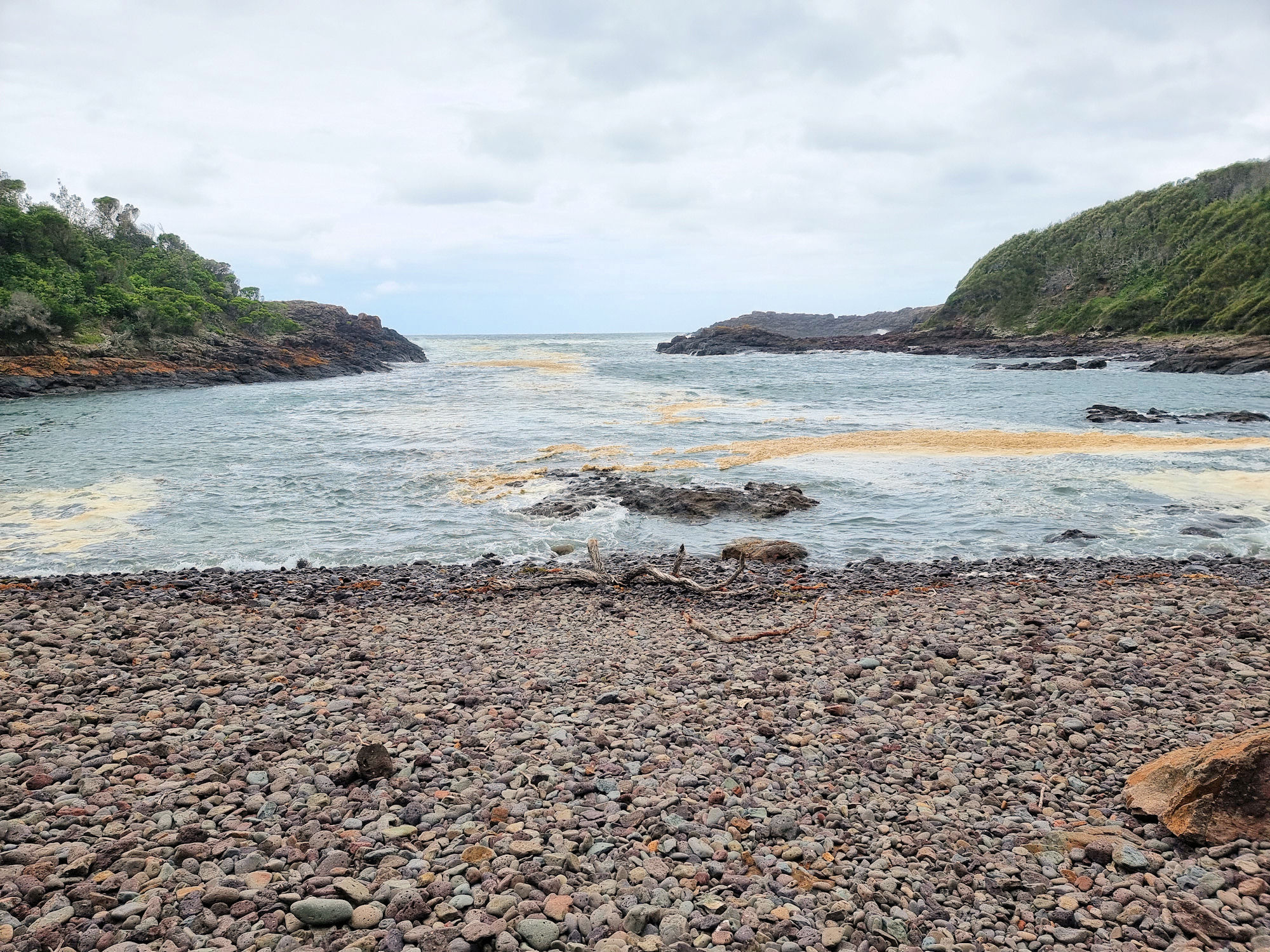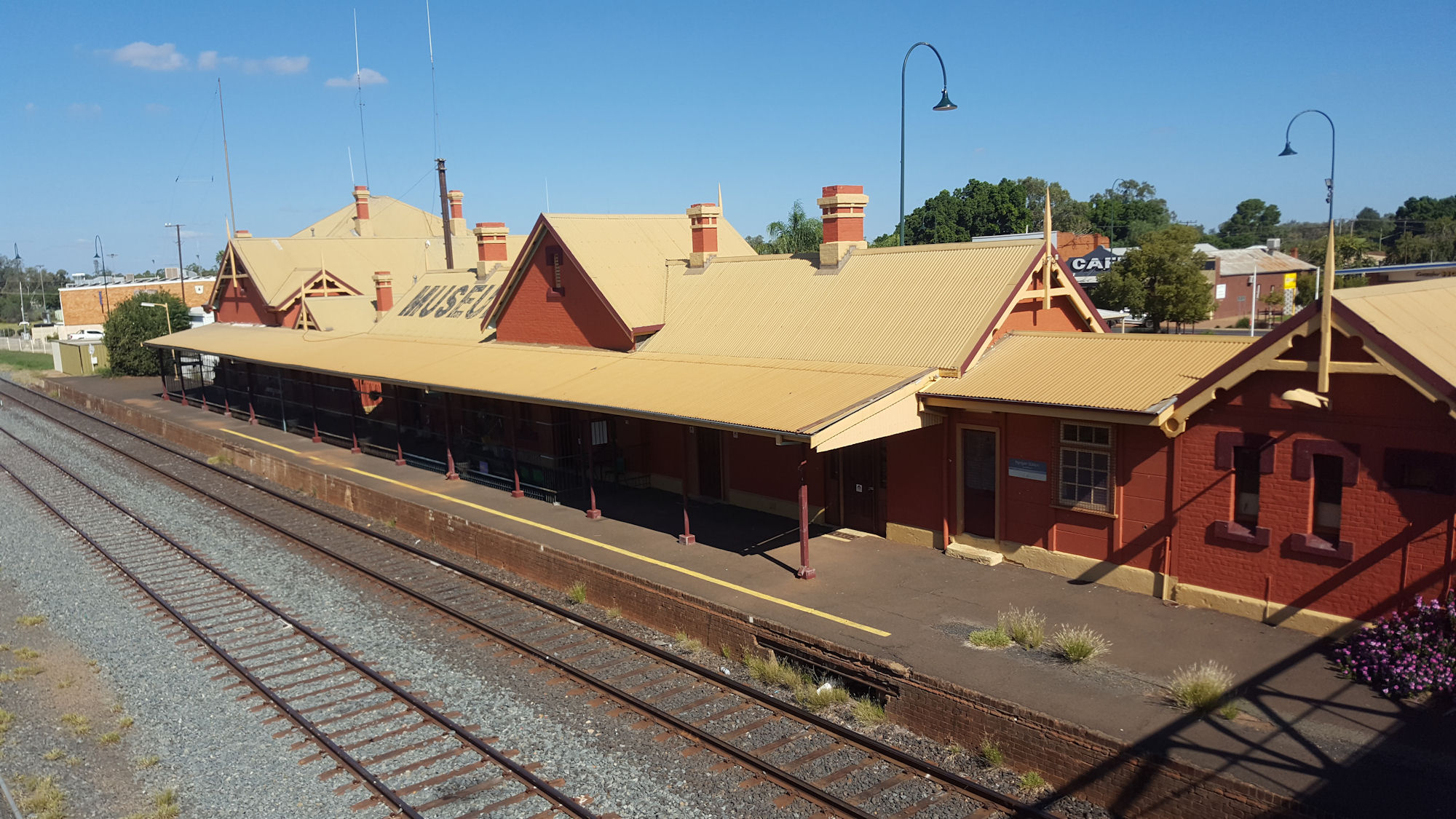Category: Military Memorial
-
Bass Point Reserve

Bass Point Reserve A place of significant cultural value, Bass Point Reserve is Heritage Listed, due to extensive Aboriginal and Colonial use of the area. Archaeological evidence indicates that the Elouera people lived here at least 20,000 years ago. Colonial settlers arrived 1803, although European explorers had passed through before this. Settled by cedar cutters and… Read more
-
Legerwood Memorial Trees

Legerwood Memorial Trees Created to honour fallen soldiers in World War One, the Legerwood Memorial Trees are a brilliant way to ensure their legacy remains remembered. Following the end of World War One, many towns and cities in Australia chose to honour their fallen soldiers by planting trees to form avenues of remembrance. Planted during… Read more
-
Nyngan and the Big Bogan

Nyngan Located in the Orana Region of central New South Wales, Nyngan is the home of the Big Bogan, a helicopter memorial and several interesting museums. This was our second stop on a road trip out west and our first overnight stop. Like many outback towns. there is a nice sign welcoming you to town,… Read more